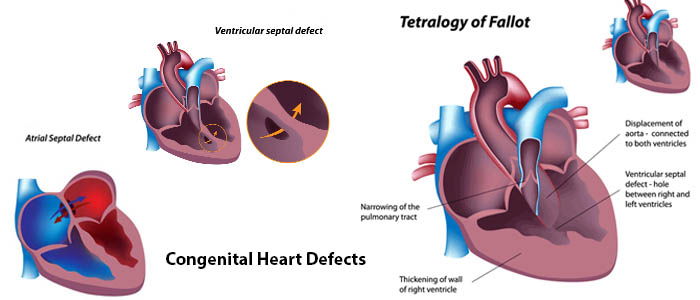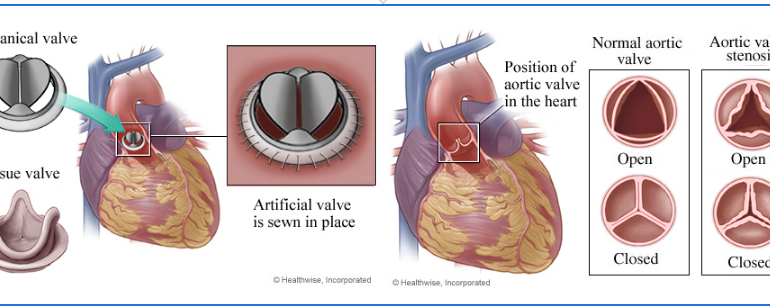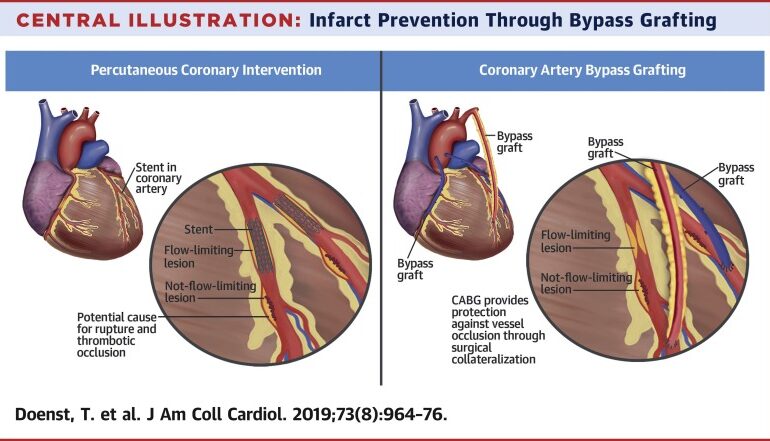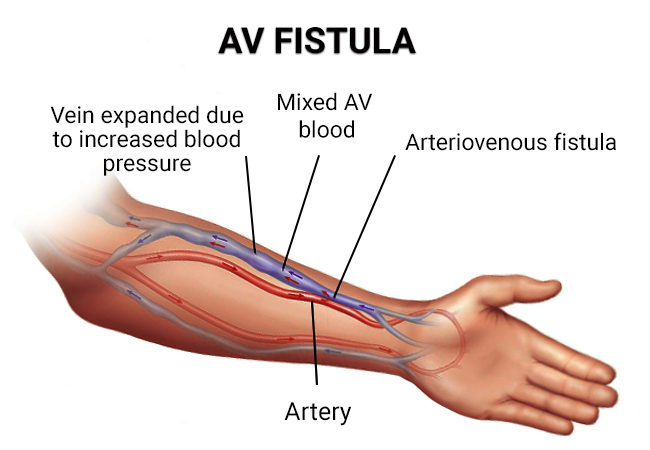Introduction:
Congenital heart defects affect a significant number of infants worldwide, necessitating surgical intervention to correct or manage these conditions. However, concerns about the safety of congenital heart surgery often arise among parents and caregivers. In this blog post, we will explore the topic of congenital heart surgery safety, discussing the benefits, risks, advancements in surgical techniques, and strategies to enhance patient outcomes. By understanding the current landscape of pediatric cardiac surgery, readers can gain valuable insights into the safety and effectiveness of these procedures.
Understanding Congenital Heart Defects
Congenital heart defects are structural abnormalities present at birth that affect the heart’s normal function. These defects can range from mild to severe, requiring surgical intervention in some cases. It is important to understand the various types of congenital heart defects and their impact on the overall health and well-being of affected individuals.
The Role of Congenital Heart Surgery
Congenital heart surgery plays a crucial role in treating complex heart defects in infants and children. The primary objective of these surgeries is to repair or reconstruct the heart’s structure and restore its functionality. We will delve into the different surgical procedures commonly performed in paediatric cardiac surgery, such as septal defect repairs, valve replacements, and complex congenital anomaly corrections.
Advancements in Surgical Techniques
Over the years, significant advancements have been made in paediatric cardiac surgery, leading to improved outcomes and safety. We will explore innovative techniques, such as minimally invasive approaches, hybrid procedures, and the use of 3D printing and virtual reality in surgical planning. These advancements have contributed to reduced surgical risks, shorter recovery times, and enhanced long-term outcomes.
Assessing the Safety of Congenital Heart Surgery
The safety of any surgical procedure is a primary concern for patients, families, and healthcare providers. We will examine the safety measures implemented in congenital heart surgery, including preoperative evaluation, comprehensive surgical planning, intraoperative monitoring, advanced imaging techniques, and postoperative care protocols. Understanding these safety measures can help alleviate concerns and provide reassurance to families considering cardiac surgery for their children.
Risks and Complications
While congenital heart surgery has improved significantly, it is crucial to acknowledge the potential risks and complications associated with these procedures. We will discuss common risks, such as bleeding, infection, arrhythmias, and the importance of thorough preoperative assessment and postoperative follow-up care. Additionally, we will explore strategies implemented by healthcare professionals to mitigate these risks and optimize patient safety.
Long-Term Outcomes and Quality of Life
An essential aspect of evaluating the safety of congenital heart surgery involves considering the long-term outcomes and quality of life for patients. We will examine studies and research that assess the long-term success of these surgeries, including survival rates, functional outcomes, and the impact on the overall well-being of individuals who have undergone congenital heart surgery.
Collaborative Approach and Patient Education
Ensuring the safety of congenital heart surgery requires a collaborative approach involving healthcare providers, families, and patients. We will discuss the importance of patient education, shared decision-making, and communication between healthcare teams and families.
Empowering families with knowledge and involving them in the care process can enhance safety and promote positive outcomes.
Conclusion:
Congenital heart surgery, while carrying inherent risks, has become safer and more effective due to advancements in surgical techniques, comprehensive preoperative evaluations, and improved postoperative care. With ongoing research and collaboration among healthcare professionals, the safety of congenital heart surgery continues to improve, providing hope and a brighter future for children with congenital




